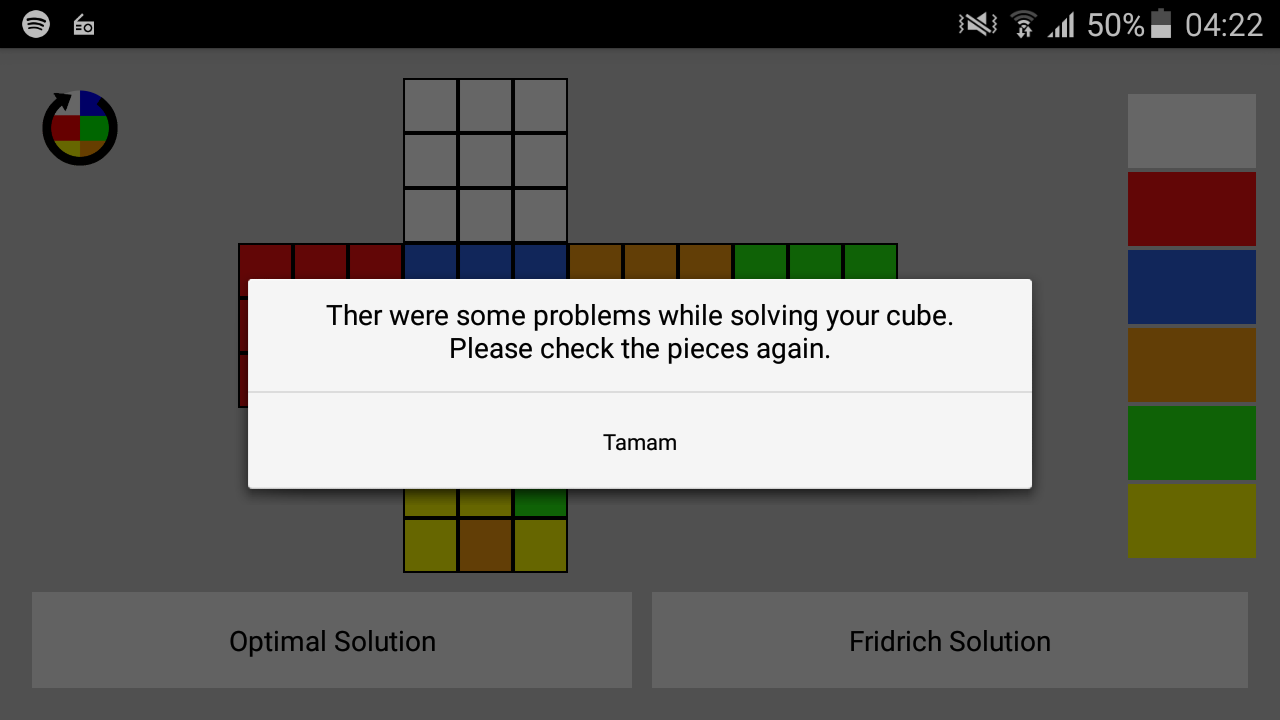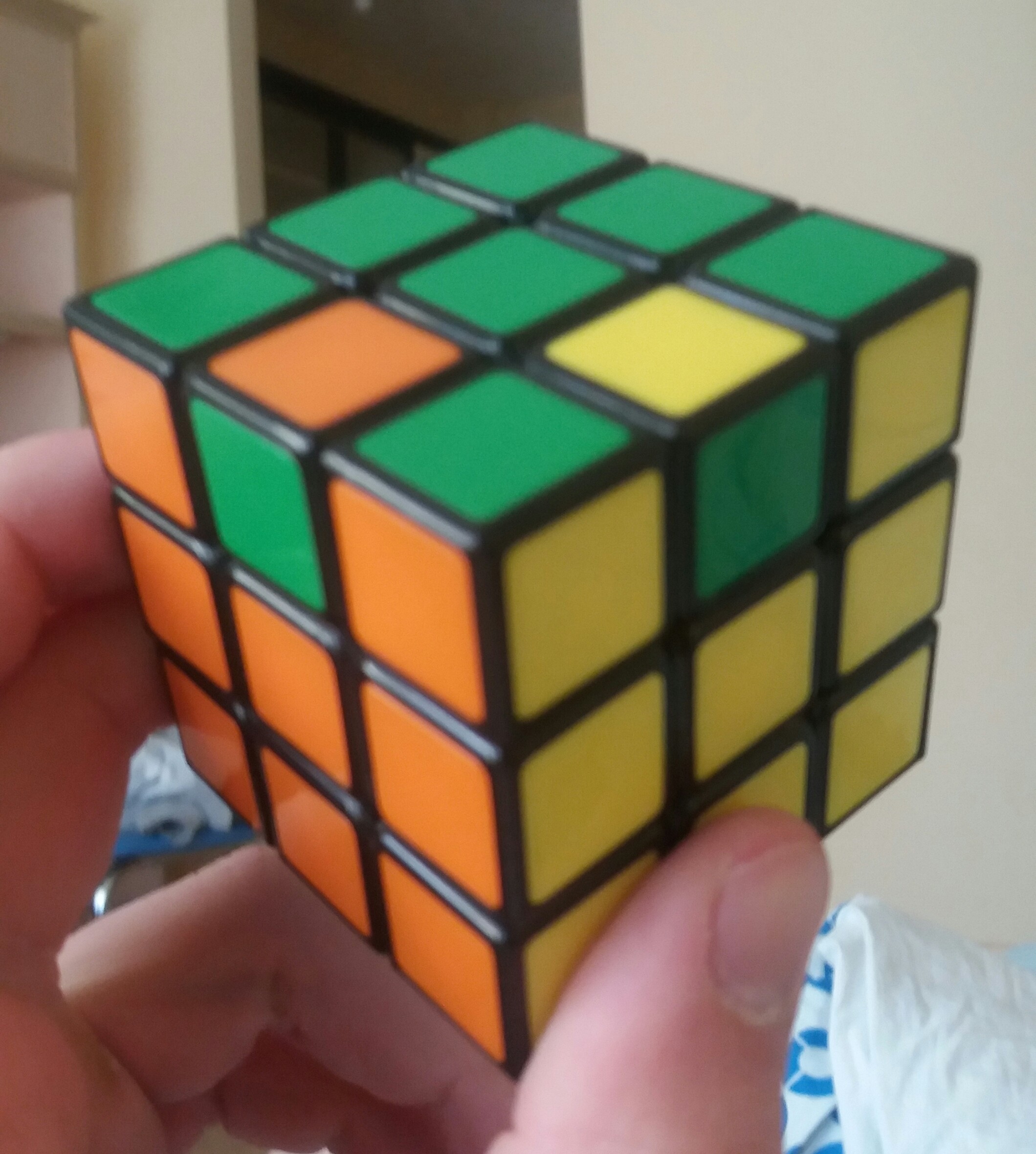Short answer is - No not by face turns alone from a solvable cube, but yes you may "put" the edges in a position that can not be solved by any algorithm that uses face turns alone (which would include Fridrich's algorithm).
If you were assembling a Rubik's cube you would have:
- A frame of three axes with the six centre faces on the ends of each axis;
- Eight corner pieces; and
- Twelve edge pieces.
You could then choose where to put each piece in the frame and in which orientation to put each piece. The first corner may go in one of eight locations, the second in one of seven, and so on until there is only one possible location for the last corner piece and each can be placed in one of three orientations. Similarly the first edge may go in one of twelve locations, the second in one of eleven, and so on and each can be placed in one of two orientations.
There are, therefore, $8!*3^8*12!*2^{12}=519,024,039,293,878,272,000$ ways to put the cube together, however:
- $1/2$ of the ways you could place all the edges will be such that one edge is flipped relative to the others,
- $2/3$ of the ways you could place all the corners will be such that one corner is twisted relative to the others.
- $1/2$ of the ways you could place all the edges and corners together will have two corners swapped or, equivalently, two edges swapped (as in your case).
So only $1/2/3/2=1/12$ of the ways you could put the cube together will yield a solvable cube.
(Hence there are $8!*3^7*12!*2^{10}=43,252,003,274,489,856,000$ valid states)
The reason for your case is that the parity of the permutations generated by face turns is even.
One way to transform your posted cube from having two edges swapped to having two corners swapped would be to perform the following 11 turn transformation, given that U is white and F is blue:
R' U2 L' B' L U2 R' F R' F' R'



